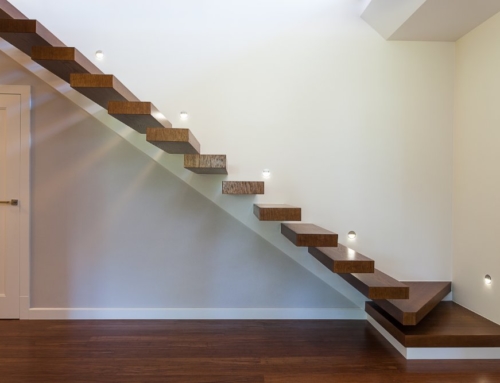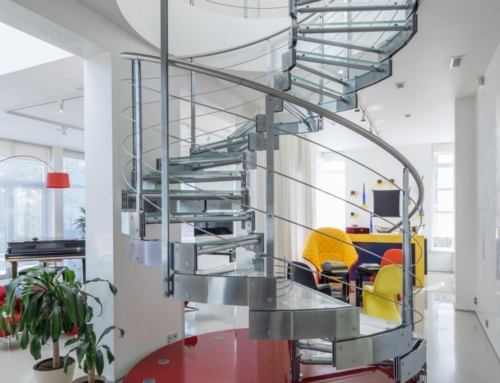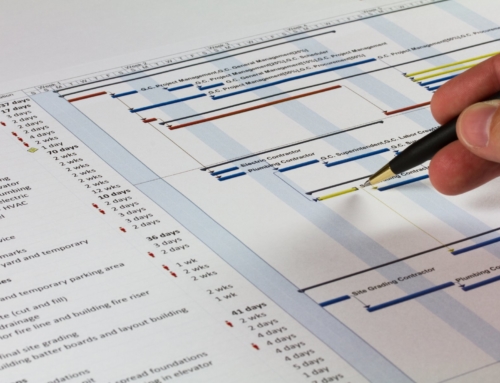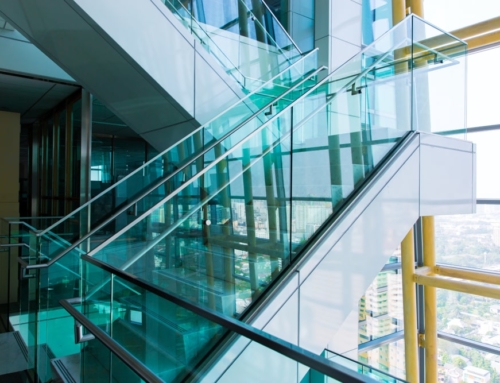There are many elements to consider when designing a new staircase, from the position of the stairs to their shape. But what about choosing individual features that perfectly fit together, such as the treads, balustrade and handrail?
If you want to design a new handrail for your staircase, here are some key points to think about.
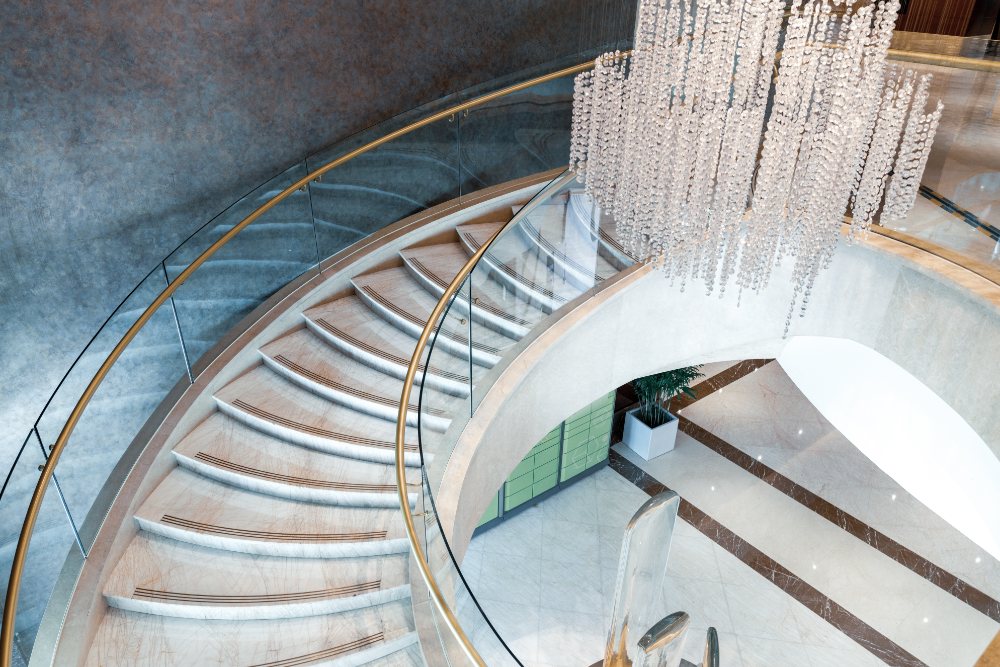
Handrail materials
Handrails come in lots of different styles, whether you’re installing one individually or it forms part of the rest of the staircase structure, such as the top of the guarding. The material you select will define the overall look of the handrail, including its colour.
Like many staircase features, you can choose the right material for your handrail based on whether you’d like it to stand out or blend in with the rest of the design. Popular handrail materials include wood, metal or even glass for the ultimate contemporary addition.
Handrail shapes
The appearance of your staircase can also be completely transformed by the shape of each feature, including its handrail. For example, you could choose a more curvaceous rail with rounded edges for a softer feel that guides you along the staircase while reducing the bulkier appearance of the wood. Other shapes will have different effects.
Look & finish of the stairs
When installing a staircase, think about how your handrail can complement the overall design and create the look and feel you want in the home. For example, if most of your staircase (such as the spindles and treads) are white, why not add a splash of colour with a handrail in a different shade? If you’ve opted for under stairs storage, you could also paint this area the same colour to bring the spaces together.
If you love the appearance of timber but don’t want it for your entire staircase, why not opt for a natural wooden handrail? You could even leave the tops of the newel posts as their natural wood colour to help these features complement each other.
Staircase safety
Handrails are another consideration when it comes to meeting staircase safety requirements, such as those outlined in Approved Document K. These building regulations cover how staircases and other property features must aid the protection from falling, collision and impact.
When it comes to handrail safety, there are a few points to think about when designing your staircase. This includes its position from the floor or pitch line and whether it’s needed on one or both sides of the stairs. There are many more rules regarding handrails for buildings that aren’t dwellings, making it simpler to meet safety requirements if you’re designing stairs for your home.
Start your staircase design project
If you’d like to see how different staircase designs could look in your home, invite DDC London to join your project. We’re top staircase designers working across the South East of England, from Oxfordshire to Surrey.
To arrange a free consultation and quote, call now on 020 8004 9635 or send a message to sales@ddclondon.co.uk.
